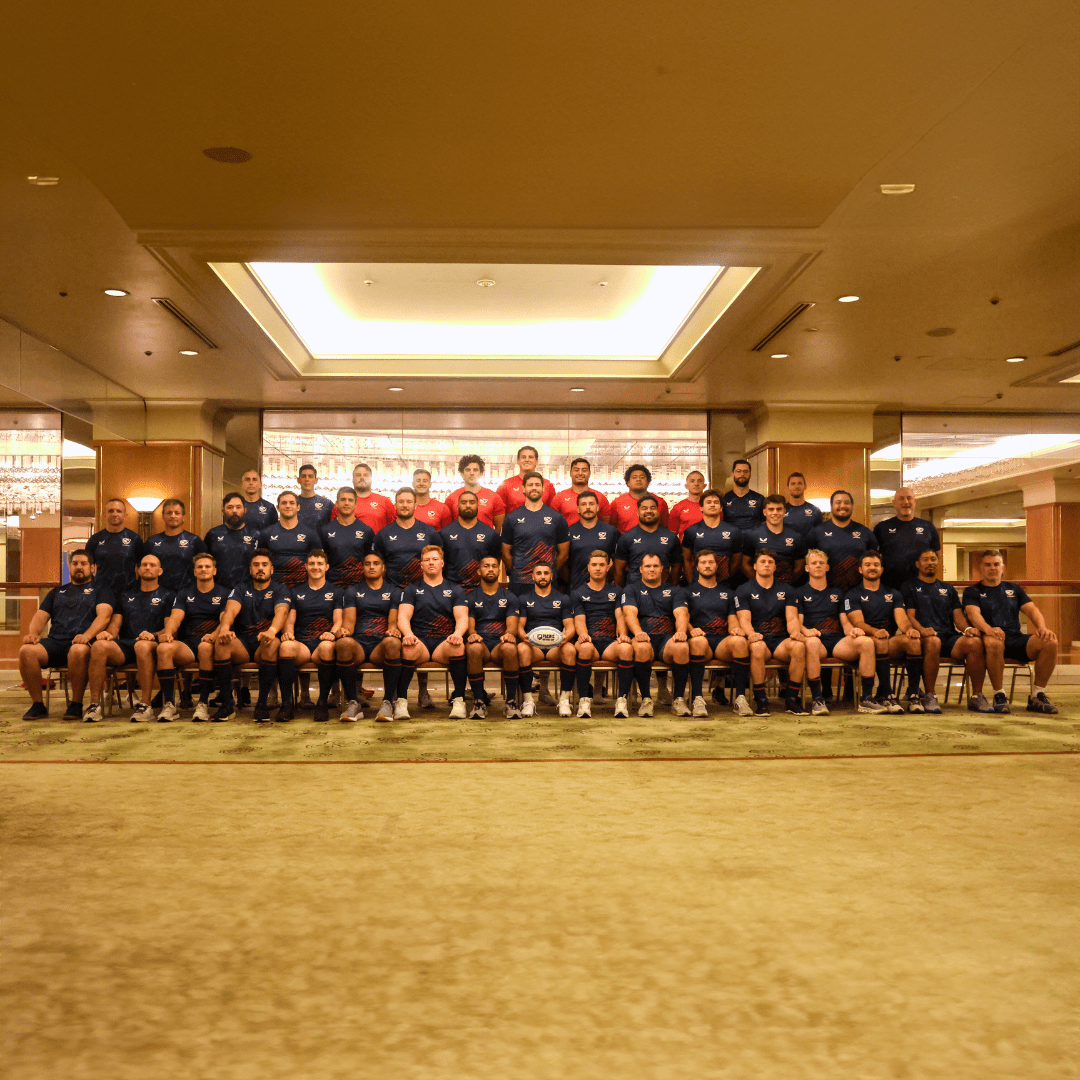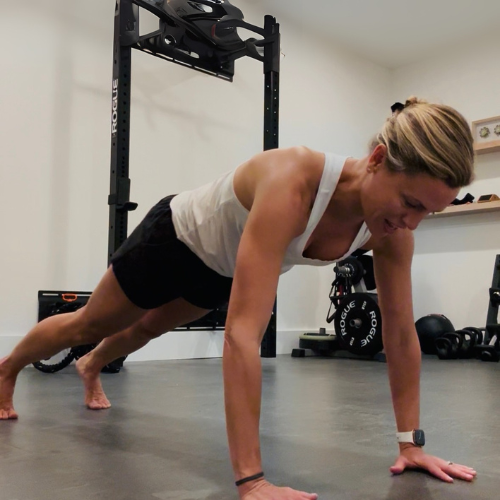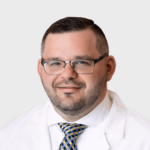
Featured Doctor
Marc S. Kowalsky, MD
Get to know Dr. Marc Kowalsky, sports medicine specialist at ONS and a team physician for the US Rugby National Team, the Eagles.
View Profile

I have served as a team physician for USA Rugby since 2013, traveling once or twice a year with the team during their tours domestically and internationally for test match competition. I view each tour as an opportunity to learn about how an international governing body in sports and a national team care for their athletes. This tour to Japan for the 2024 Pacific Nations Cup was no exception. The tournament participants included The Pacific Island Nations of Tonga, Samoa, and Fiji, in addition to Japan, Canada, and the United States. The US team was led by visionary coach Scott Lawrence and a team of experts in their fields, including assistant coaches with national team coaching and playing experience for Samoa and the famed New Zealand All Blacks, as well as a strength and conditioning team with past professional and national team care, including for the Pumas of Argentina. This wealth of experience, coupled with World Rugby’s continued focus on player welfare, provided innumerable opportunities to learn and gain experience to bring back to my local community of athletes, but I took away a few key pearls.
Instrumented Mouth Guards
I had already recognized World Rugby as an organization at the forefront of player welfare, particularly in the prevention, recognition, and treatment of concussions. For many years, World Rugby has instituted a state-of-the-art approach to concussion management called Head Injury Assessment. In this system, all athletes complete validated baseline testing of symptoms consistent with concussion, and of immediate and delayed recall, concentration, and balance. Matches are monitored carefully using multi-angle video analysis by an experienced, independent Match Day Doctor (MDD). The MDD, referees, team doctor, or physiotherapist can call for an in-game Head Injury Assessment. With this system, the team is given 12 minutes to allow for careful evaluation without losing a substitution. In-game testing is compared to baseline data to determine whether the athlete should be removed from play. Similar testing is repeated after the match and two days later to assist in the recognition of persistent or late-onset signs and symptoms consistent with concussion. It is a thoughtful, deliberate, evidence-based approach that provides team medical staff with the tools necessary to protect their athletes from the consequences of unrecognized concussions. However, this recognition can still be a challenge during a rugby match. Therefore, World Rugby recently introduced instrumented mouthguards. These mouthguards have sensors to measure the head’s linear and angular kinematics, such as acceleration and velocity. Any measurement that registers above a certain threshold during training or competition would trigger a head injury assessment. This technology now serves as an invaluable supplement to direct observation and video analysis.
Activation and Regeneration
A strength and conditioning coach is as important as any other member of the coaching staff. As we often tell our youngest athletes, the habits, rituals and routines that athletes establish outside the lines often make the difference between good and great and can help prevent injury and keep athletes on the field, performing at their best. USA Rugby has access to the best strength and conditioning coaching in the world, and their approach can be applied even to our young athletes in the community. Much of their focus is on how athletes care for their bodies before and after training and competition. Athletes are provided guidance for fueling with appropriate nutrition and supplementation. Great care is given to pre-empting dehydration and effectively replenishing fluids and electrolytes. Structured rehabilitation, even on the day immediately following a physical match, is essential to beginning the process of recovery to prepare the body for the next week of training and the next match. Post-game activities, including mindfulness and meditation, reading, light aerobics, and mobility, all count for meaningful and effective strategies both for pre-game preparation and recuperation the day afterward. All of these components of preparation and recovery are individualized for all athletes based on their position and unique needs.

1 in 60
Over more than a decade, I have had the great fortune to support and observe several coaches at the national and professional levels in rugby. Each of them brings unique skills and concepts to leadership that have a profound impact on the athletes and coaching staff they lead. During this tour, I had the opportunity to learn about the 1 in 60 rule, as applied by the current head coach of USA Rugby, Scott Lawrence. This rule of air navigation is often used in goal setting in other aspects of life. It states that in piloting aircraft, after traveling 60 miles, a one-degree error in navigation will result in being off course by one nautical mile. Conversely, if the pilot finds himself off course by one mile, then a course correction of one degree will re-establish navigation to the intended destination. This concept can be applied in a variety of contexts, including sports and work. This rule encourages individuals and groups to develop specific objectives, focus on process, continually monitor progress, and make frequent course corrections to assure navigation toward the intended goal. There is no more fitting setting for the 1 in 60 rule than test match rugby, during which a team of athletes and coaches assembles from all corners of the world to prepare for four consecutive games against other nations and must respond to the unpredictable and dynamic nature of international travel and competition. However, I would argue that medicine has as much to learn from the 1 in 60 rule, which can benefit our organizations, and most importantly, our patients.
I always consider it a privilege to provide sports medicine care to the USA Rugby National Team. I, along with the panel of sports medicine specialists who share this responsibility, have the opportunity to work side by side with an incredible team of athletic trainers, physical therapists, and massage therapists. I appreciate the trust the coaching staff places in the medical team to care for their athletes. Throughout my time with the organization, including this recent tour, the opportunity to support our coaches and athletes has also provided fantastic exposure to cutting-edge technology and standards of care in player welfare and concussion management, best practices in the science of recovery, and novel concepts in leadership in team sports. I look forward to bringing these lessons back to student-athletes in our community.








